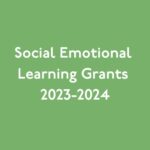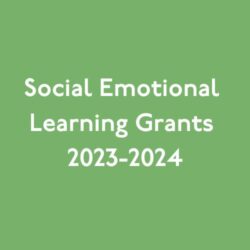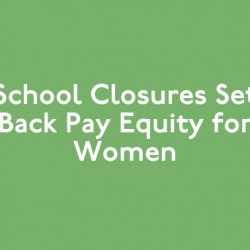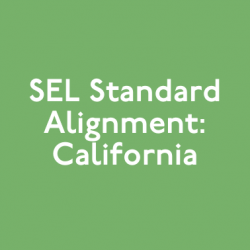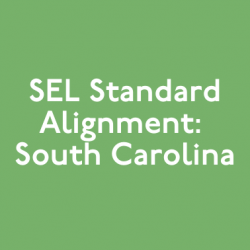After the Every Student Succeeds Act (ESSA) was signed into law, educators, administrators, and parents alike were thrilled to see non-academic indicators included in the policy. Many thought that this policy feature would change how people view student and school success, more accurately measure student achievement, and more authentically account for achievement gaps. With all of the buzz around whole child learning practices, many were surprised that not a single state included a social emotional learning (SEL) component as an indicator to measure.
There is a reason for this lack of SEL evaluation –a standardized way of measuring social emotional gains made by students and schools does not currently exist. Without this standardized assessment, there is no accurate way to ensure that schools across all states are held to the same level of expectations regardless of students socioeconomic status’, abilities, or school type.
However, other countries have already found a way to assess social emotional learning competencies. For example, most East Asian countries, many of which produce high performing students, have used their “examination-driven and achievement-oriented” learning environments to teach and measure social emotional learning skills at a nationwide level. Singapore incorporates SEL assessments into their standard academic measurement in what they call a ‘total curriculum framework.’ In Hong Kong, SEL is embedded in the academic curriculum and evaluated in a national assessment with different focus areas for primary and secondary school. Japan also has national assessments administered in grades 6 and 9 which includes examining several SEL skills.
Fortunately, there is some progress being made within the US, as well. The Collaborative for Academic, Social, and Emotional Learning (CASEL) is spearheading an effort to develop the best method to measure SEL. The goal of their Spring 2017 and upcoming 2018 design challenge is to “construct and refine a set of key design principles that should guide the development of novel direct assessments and, ultimately, to stimulate the development and adoption of social emotional assessments that support effective instruction and positive student development.” Additionally, the accountability measures that were included in state’s ESSA plans are more varied than ever before in order to more accurately gauge a school’s success.
Although a standardized method to measure SEL programming has not yet been developed, schools and teachers can still prepare for an SEL-accountable future. By beginning to develop a school-wide curriculum that embeds a variety of programming and methods to meet the needs of all students, schools will already have a foundation in place once those evidence-based standards come out. Here are five ways you can easily integrate SEL into your classroom.
Check out your state’s submitted ESSA plan here.
Sign up for Move This World’s newsletter to stay up to date on social emotional learning.
Enter your email below!




